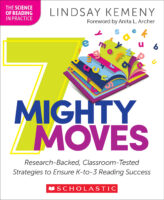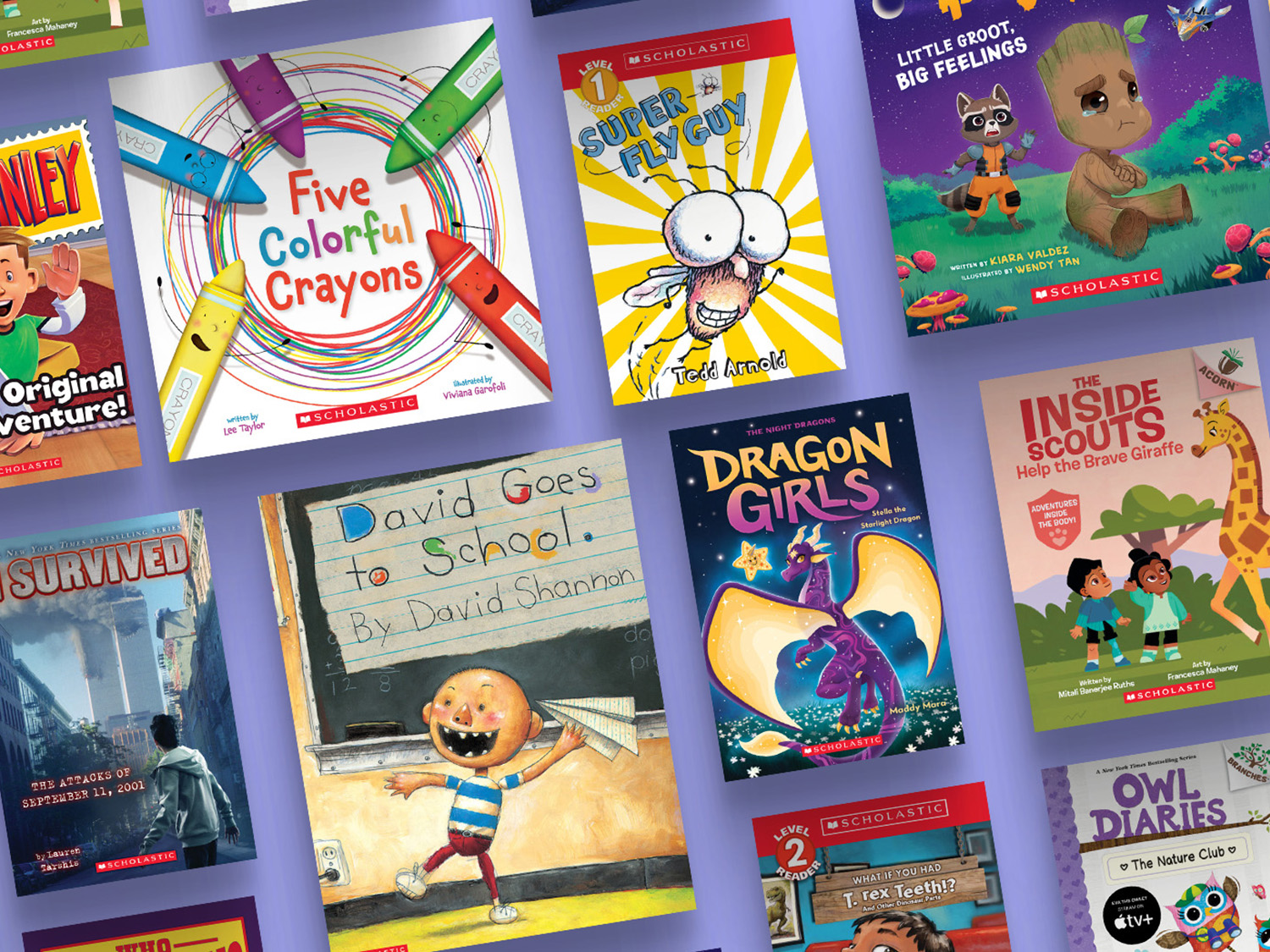7 Strategies for Reading Success
The author of 7 Mighty Moves, a no-nonsense guide for teachers seeking to enhance students' reading instruction, offers effective strategies for teachers to implement this back-to-school season.
7 Strategies for Reading Success
Coming back to school from summer vacation can be tough! There are a million and one things to think about! But don’t let name tags, desk plates, first-day plans, etc. overshadow the need for some stellar literacy instruction. Here are seven back-to-school strategies for literacy success in your classroom.
1. Focus on Phonemes
Remember that the ability for students to blend and segment the individual sounds in words (phonemes) is critical for reading and spelling. Do you already have a plan in place for students to practice blending and segmenting the sounds in words? What about a plan for explicitly connecting those phonemes with their spellings? Try word chains as a way to practice these skills. This short activity is such a useful tool that combines blending, segmenting, and manipulating all while connecting your phonemic awareness instruction with letters!
2. Map Out Your Phonics Scope and Sequence
Don’t leave anything to chance! Make sure you follow a systematic sequence of phonics skills that progresses from simple to more complex concepts, and teaches high-frequency spellings before low-frequency spellings. Get out your school calendar and map out your plan for teaching these skills throughout the year, ensuring you have time to get through all the necessary concepts. Make sure to use pencil because you’ll need to adjust the schedule as you respond to your students’ needs. Want to see a sample scope and sequence?
3. Prepare Your Decoding Strategies
Make sure you have a clear plan for helping students when they come to words they don’t know. Encourage students to keep their eyes on the words and practice those decoding skills, rather than resorting to guessing. Check out page 72 in 7 Mighty Moves for some straightforward prompts to use with students.
4. Get Your Take-Home Book System Ready
I love sending home quality, decodable texts with my students so they can practice the phonics skills they are learning in the classroom at home! Back-to-School Night is a great time to explain the program to parents. Students will take home a few books on Mondays and return them on Fridays. See page 92 in 7 Mighty Moves for a handout you can share with parents.
5. Organize Your High-Frequency Word Instruction
Go through your list of high-frequency words and take out any that are completely decodable for your students. Then make a plan for the words that you do need to teach. Go ahead and add them to your calendar. Do you have a routine for teaching them? Check out my routine on page 102 of 7 Mighty Moves.
6. Leave Time in Your Daily Schedule for Meaningful Practice
Make sure to give students plenty of time to practice reading aloud! Choral reading and partner reading are great opportunities for students to practice their reading skills in a non-threatening way. Think about the lessons you teach each day, and how you can add in more opportunities for that purposeful practice.
7. Plan Your Vocabulary Instruction
Vocabulary knowledge is critical for developing skilled reading. Build time in your schedule for explicit vocabulary instruction as well as time for students to interact with those words throughout the week. This instruction can start the very first week of school. Choose a handful of words to teach that match some of the rich read-alouds you plan to share that first week.
Learn more strategies for effective reading instruction by reading 7 Mighty Moves. Hope you have a great year!
In this no-nonsense guide, primary reading expert and classroom teacher Lindsay Kemeny shares seven ways K-3 teachers can modify what they are currently doing to transform their reading instruction. Each chapter focuses on a critical area of foundational reading-from the most efficient ways to teach phonemic awareness and phonics to the most effective ways to boost comprehension.




